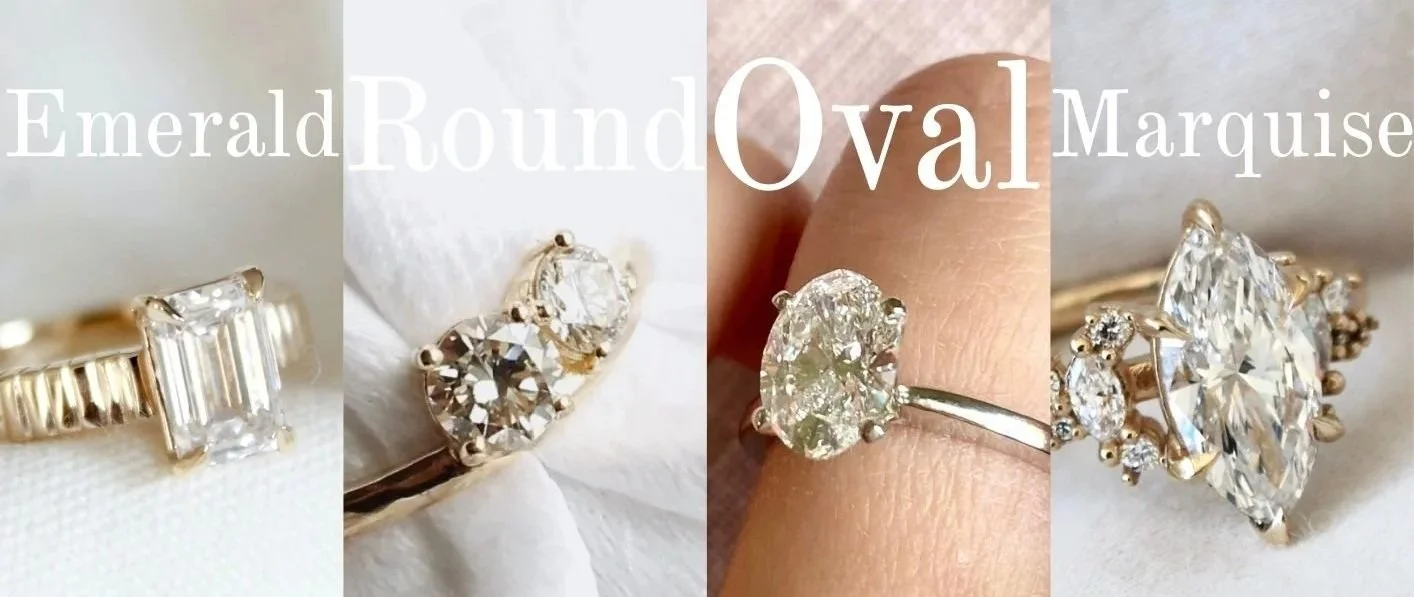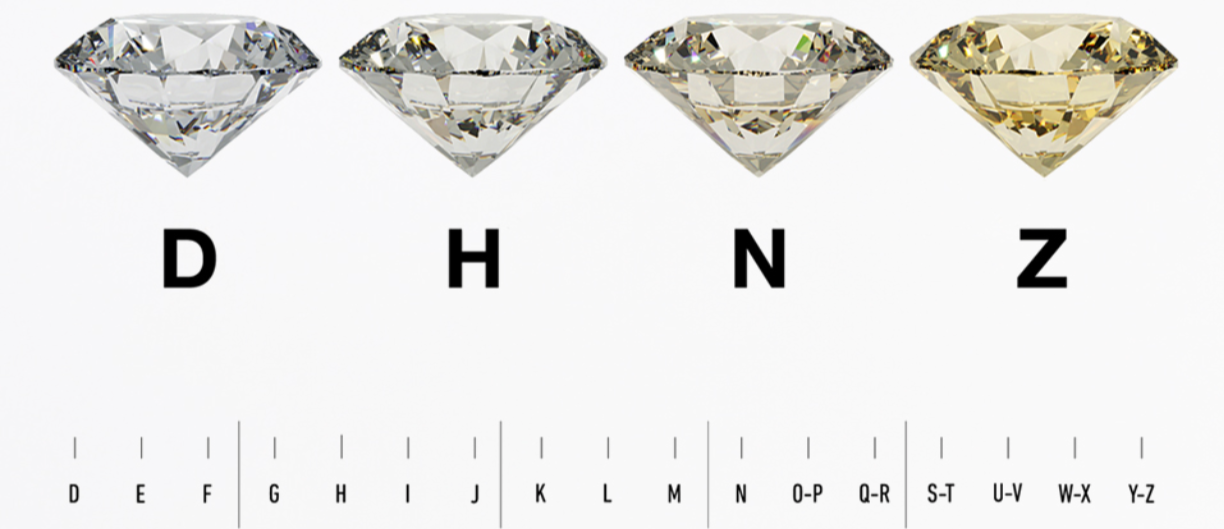Everything You Need to Know About The Diamond Four C’s
The world of diamonds is vast; there is endless information out there about them. From the cut, to the carat size, there is so much to learn. We’d love to help you unpack what is most important to you personally when shopping for your diamond(s). We talk through the difference between lab-grown diamonds and natural diamonds, and what makes stones affordable verses high quality.
There are four main components to consider when shopping for your perfect diamond.
Carat:
The weight of your diamond. This is going to be most often what determines the overall price of your diamond. We like to think that 1 carat natural diamonds start at around $10,000 per carat, while lab-grown diamonds start at closer to $1,000 per carat.
Why is this?
This occurs because natural diamonds are limited, there are only so many in existence and only so many we can mine. Due to this, a large 1 carat natural diamond is going to be more expensive. While the economy grows and inflation goes up, this causes natural diamond costs to grow as well.
While lab-grown diamonds are being produced daily, there is only a growing number of lab-grown diamonds, making the cost actually decrease on them each day.
Cut:
The cut of your stone will be something you get to decide on based on your personal style, and your desired setting for your stone.
The most common diamond cuts we use are emerald, round, oval, and marquise. We love all the others too: princess, cushion, pear, radiant, heart, trilliant, and baguettes.
Clarity:
The clarity of your stone is going to measure the inclusions and impurities of your diamond. If there is a spec, chip, or cloud your clarity will tell you. The clarity scale will go from IF all the way to I2/I3. GIA has a wonderful blog about the clarity of diamonds specifically where we got the graphic below.
The final C is color.
The color of your diamond is going to determine how your stone appears to the naked eye. Does it have a hint of yellow? It is genuinely clear? The color scale will rate your stone based on the whiteness of the diamond. When choosing diamonds for clients, I always encourage the clearest color you can afford. If your diamond is lab-grown and leans affordable, then getting a nearly perfect color only makes sense.
The chart below gives you a visual for the difference.
Whether you choose a lab-grown yellow diamond, or a natural D VVS1 diamond, we are happy with your choice.






